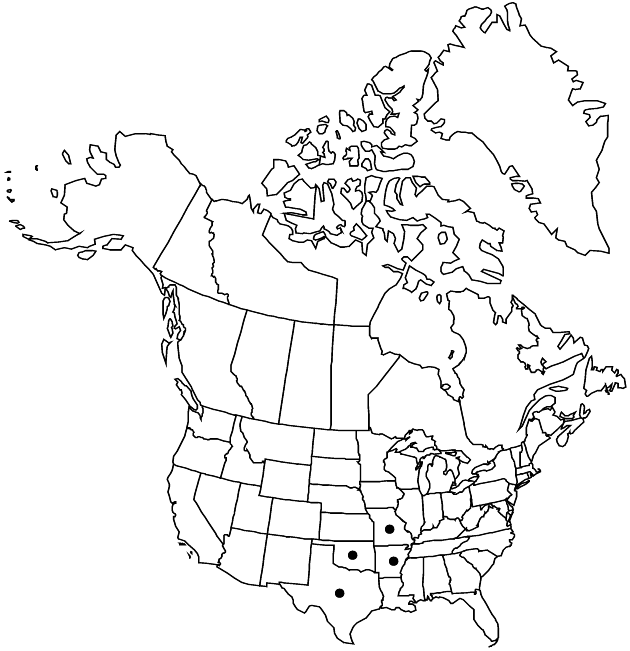Echinacea paradoxa
in N. L. Britton and A. Brown, Ill. Fl. N. U.S. ed. 2, 3: 476. 1913.
Plants to 90 cm (roots fusiform to elongate-turbinate, branched). Herbage sparsely to densely hairy (hairs appressed to ascending). Stems usually yellowish green (usually not branched). Basal leaves: petioles 0–15 cm; blades (3-) or 5-nerved, usually linear or lanceolate, rarely ovate, 5–35 × 0.5–2 (–2.5) cm, bases usually attenuate, margins entire (usually ciliate). Peduncles (2–) 10–30 cm. Phyllaries lanceolate to ovate, 7–12 × 1–4 mm. Receptacles: paleae 10–14 mm, tips red to orange, often incurved, sharp-pointed. Ray corollas yellow (var. paradoxa) or pinkish to white (var. neglecta), laminae reflexed, 30–70 × 3–8 mm, sparsely hairy abaxially. Discs ovoid to conic, 2–3.5 × 2–3.5 cm. Disc corollas 4.5–6.2 mm, lobes pinkish to yellowish. Cypselae tan or bicolored (with distal dark-brown band), 4–5.5 mm, faces ± tuberculate, usually glabrous (angles of ray cypselae hairy distally in var. neglecta); pappi to ca. 1.2 mm (major teeth 0–4).
Distribution

Ark., Mo., Okla., Tex.
Discussion
Varieties 2 (2 in the flora).
Selected References
None.
Key
| 1 | Ray corollas yellow; n Arkansas, s Missouri | Echinacea paradoxa var. paradoxa |
| 1 | Ray corollas light purple, pink, or white; s Okla-homa, n Texas | Echinacea paradoxa var. neglecta |
"broader" is not a number.